The way you look and feel can boil down to a few key components: lifestyle choices and diet choices. After that, you need persistence and patience to see the changes through. Because diet is so integral to your health and wellness, you might think that you need a trending fad diet to help you lose weight rapidly or spend hours at the gym to burn off calories. The truth is that it’s simpler than that. Pair the right diet with some exercise, and you have the formula for achieving your fitness and/or weight loss goals.
One of these methods is a dieting practice called “carb cycling.” Today, we’re going to introduce to you the fundamentals of carb cycling by demystifying what it is, how you do it, and if it is the diet that’s right for you.
What is Carb Cycling?
Although the premise of carb cycling has been around for a while now, there’s no formal definition. Instead, multiple dietitians and fitness experts simply describe carb cycling as the principle of altering your carbohydrate intake based on your needs throughout a week, month, and year. The timing and amount of carbs you eat depends entirely on you.
Carb cycling is popular with weightlifters, bodybuilders, and professional athletes, because it allows them to fuel their bodies optimally for more intense periods while backing off during less active days. In other words, when you know you’re going to burn off those carbs, you eat said carbs. On other days, you limit or avoid carbs to make the body burn fat instead.
How Does Carb Cycling Work?
You might be thinking carb cycling sounds easy. Just feast on pasta before a workout and limit carbs the next day, right? Think again. Turns out, there’s a bit more science and methodology to carb cycling than that. There are three “cycles” that you have to run through and alternate between for this diet plan to work:
- High carb days – consume 2-2.5 g of carbohydrates per pound of body weight. These are high calorie days.
- Low carb days – consume 0.5 g of carbohydrates per pound of body weight. These are your second highest calorie days.
- No carb days – consume less than 30 g of carbohydrates in one day. These are low calorie days.
According to Dr. Bernardi of Precision Nutrition, you can even vary your carb- and calorie-cycling with a few other approaches:
- Infrequent, large re-feed days – high carb consumption 1-2 days per week; typically after a lengthened period of low to no carbs
- Frequent, moderate re-feed days – high carb consumption 3-4 days per week after a low carb phase of 1-2 days per week.
So you might have two low-carb days followed by a moderate carb day, then another low or no carb day before ending with a high carb, re-feed day (or a cheat day).
Because you need to plan these days out around your workout schedule and life, carb cycling calls for diligence and commitment to work. You will need to pick these higher carb days well in advance. This also means timing your most intense workouts on those days so you ensure your body composition remains balanced, keeping you on track towards your fitness and health goals.
 Is Carb Cycling Good for Weight Loss?
Is Carb Cycling Good for Weight Loss?
Carb cycling can be an excellent approach to weight loss. Because you have low carb days, your body will burn fat for energy. Additionally, lowering your carbohydrate intake once in a while results in better insulin sensitivity and overall less body fat. The key to generating more fat loss is to pair your low carb days with higher protein intake.
Is Carb Cycling Good for Building Muscle?
Yes, carb cycling can be excellent for promoting muscle growth—if you are an athlete with off-seasons. The thing you have to remember though is that you need to eat in order to gain muscle and lose fat. If you are working out a lot, your body is going to need glycogen—a form of carbs stored within the muscles—to power through exercise. Without adequate amounts of glycogen, you’re going to fatigue. Fast.
Carbs also help with insulin, which you need for the anti-catabolic properties. In other words, higher carbohydrate diets are prevent muscular breakdown.
Therefore, high carb diets are actually better for building muscle, but if you feel like your body is sensitive to carbohydrates, carb cycling might be for you.
 How to Use Carb Cycling to Lose Fat
How to Use Carb Cycling to Lose Fat
For those who want to try carb cycling to lose fat at an accelerated rate, remember what was mentioned before: you need serious planning. Ideally, your week would look something like this:
Day 1: 30-50g carbohydrates
Day 2: 50-100g carbohydrates
Day 3: 100-150g carbohydrates
Day 4: 150-200g carbohydrates
Day 5: 100-120g carbohydrates
Day 6: 80-100g carbohydrates
Day 7: 50-100g carbohydrates
Or a mixture of low, med, and high carb days. The highest day (Day 4) would be the most day of training, whereas Day 1 would be a least intense day. The pattern would be starting low, building up to high, and then decreasing back down to a 30-50g carb day.
You are also going to want to create a deficit in your total daily energy expenditure (TDEE), especially on the low-carb days to ensure you are indeed burning fat.
Keep a food and workout journal to stay on track with the calories in/calories out. After all, the biggest part of carb cycling is finding the balance within your carb cycling so you feel well enough throughout the process.
In short, carb cycling is a great method of burning fat for athletes and those looking to lean out while gaining muscle. The key to success lies within planning and being able to create calorie deficits with exercise. And if you are looking for more advice on diet and exercise, be sure to follow us on Facebook!
The post Carb Cycling: Is It Right It For You? appeared first on Gaspari Nutrition.











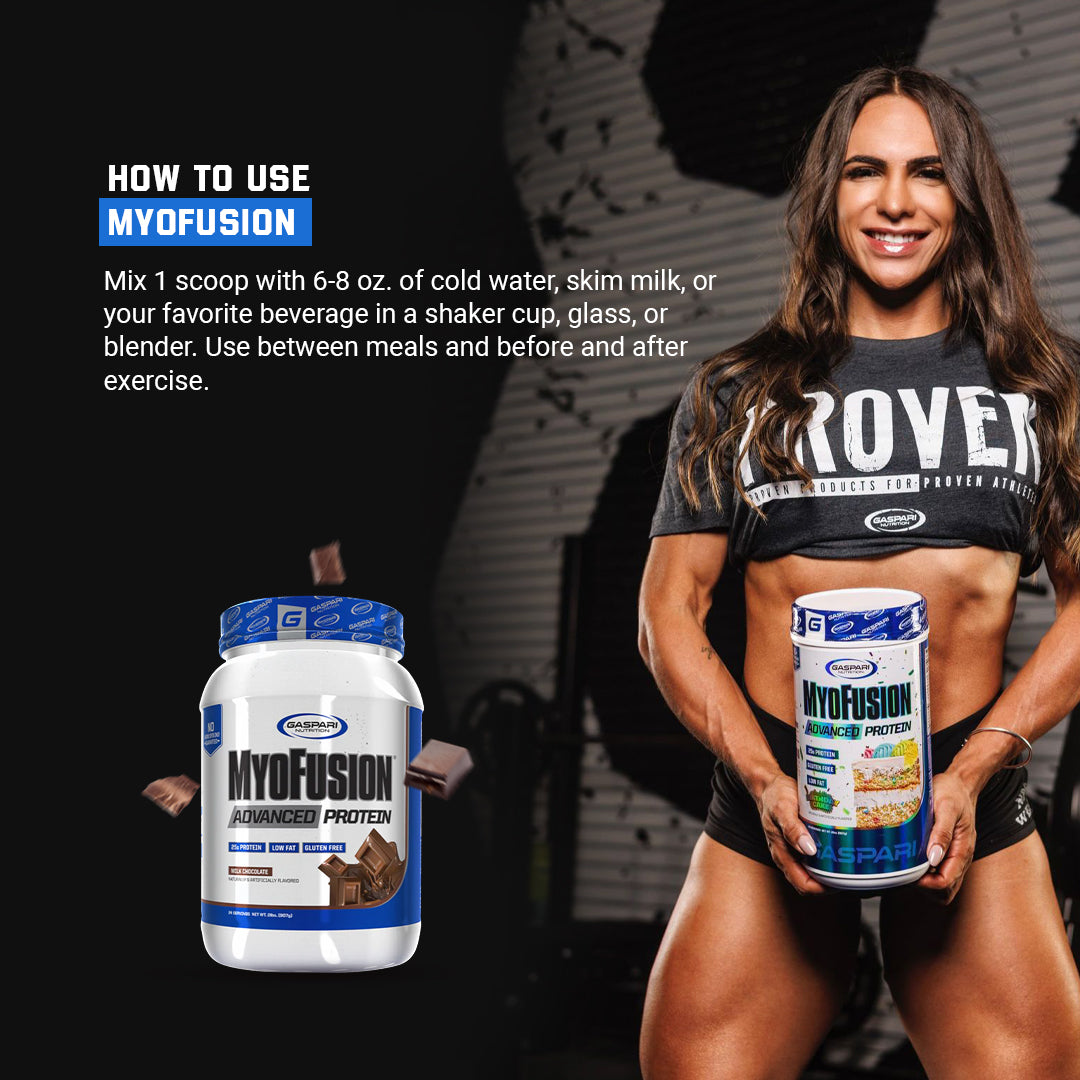





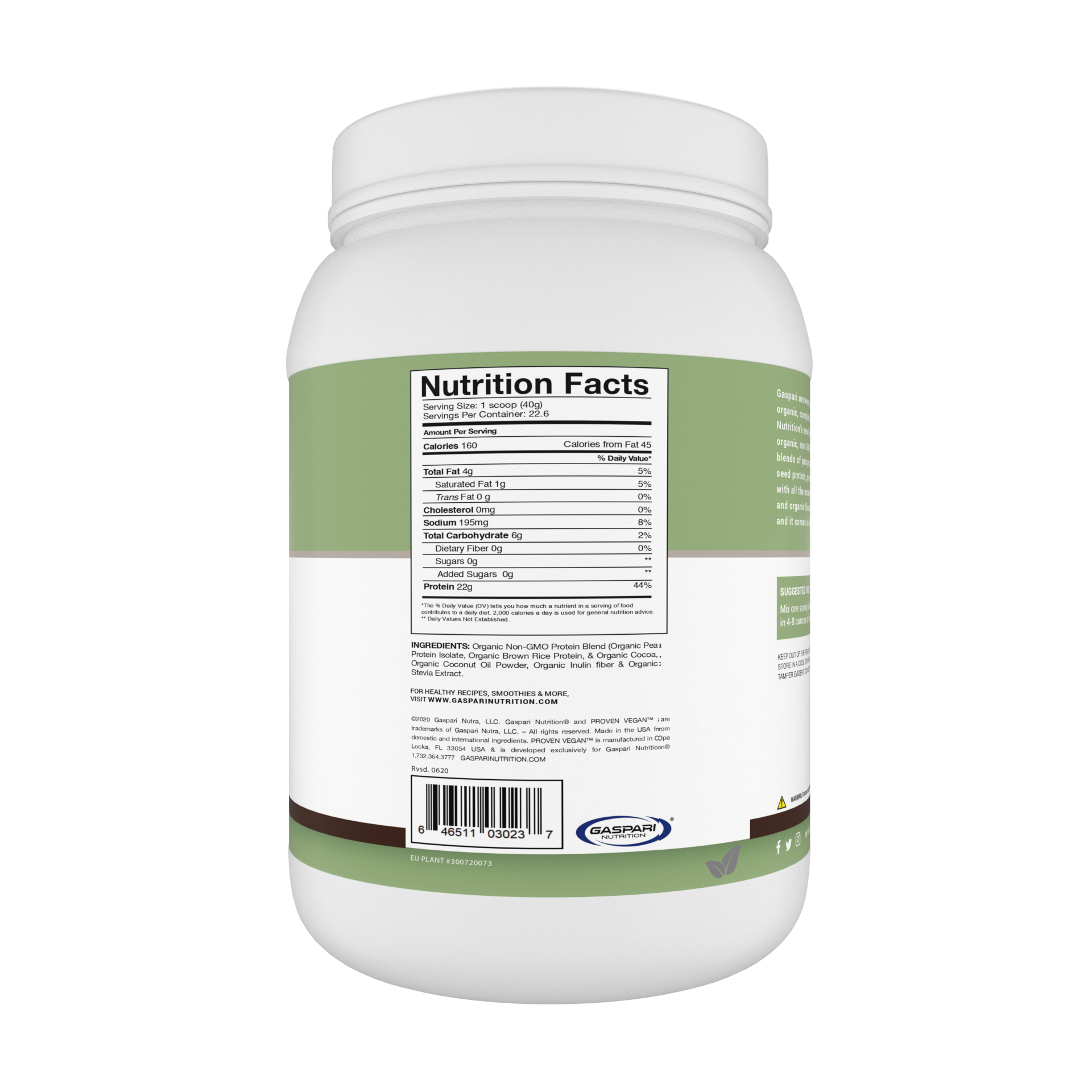

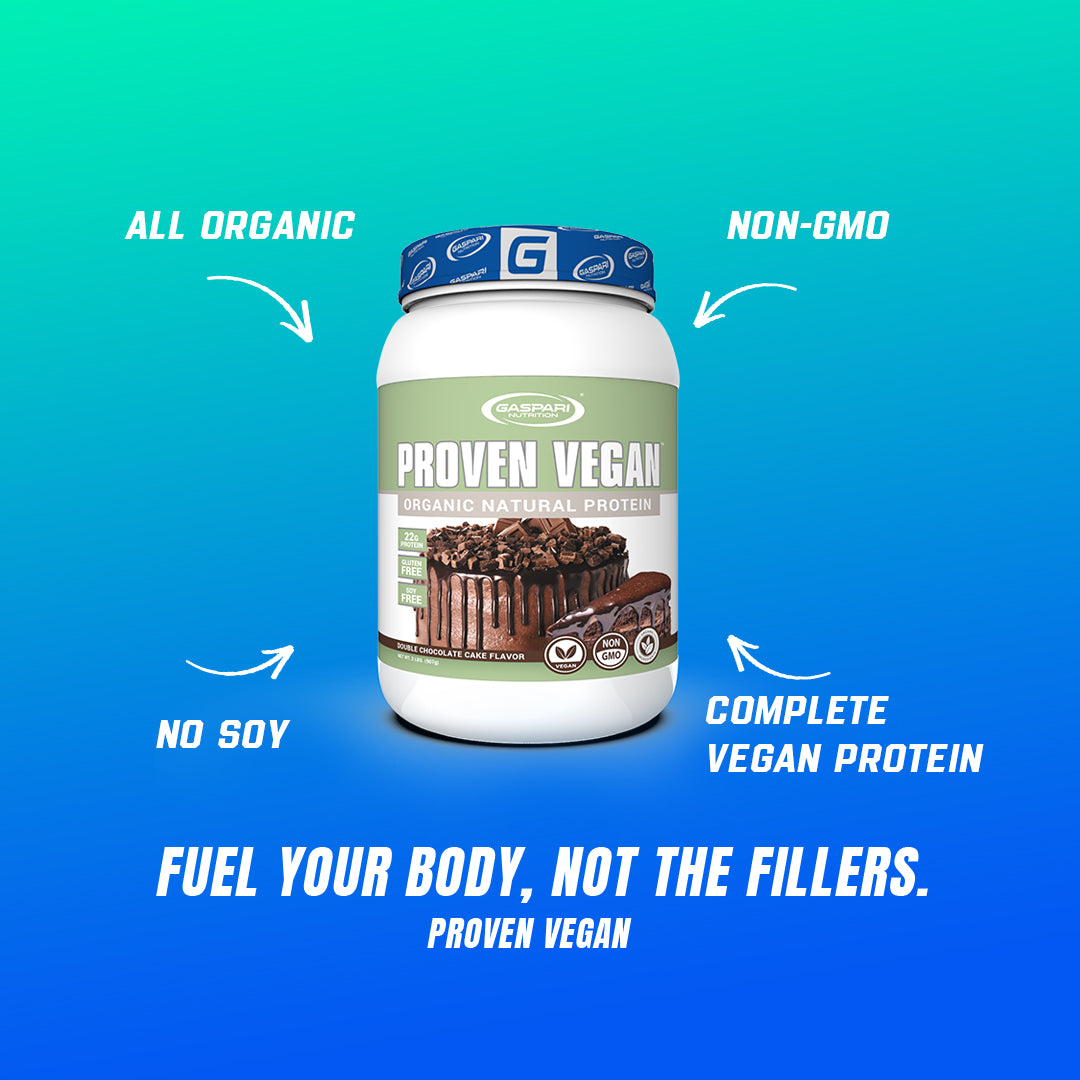
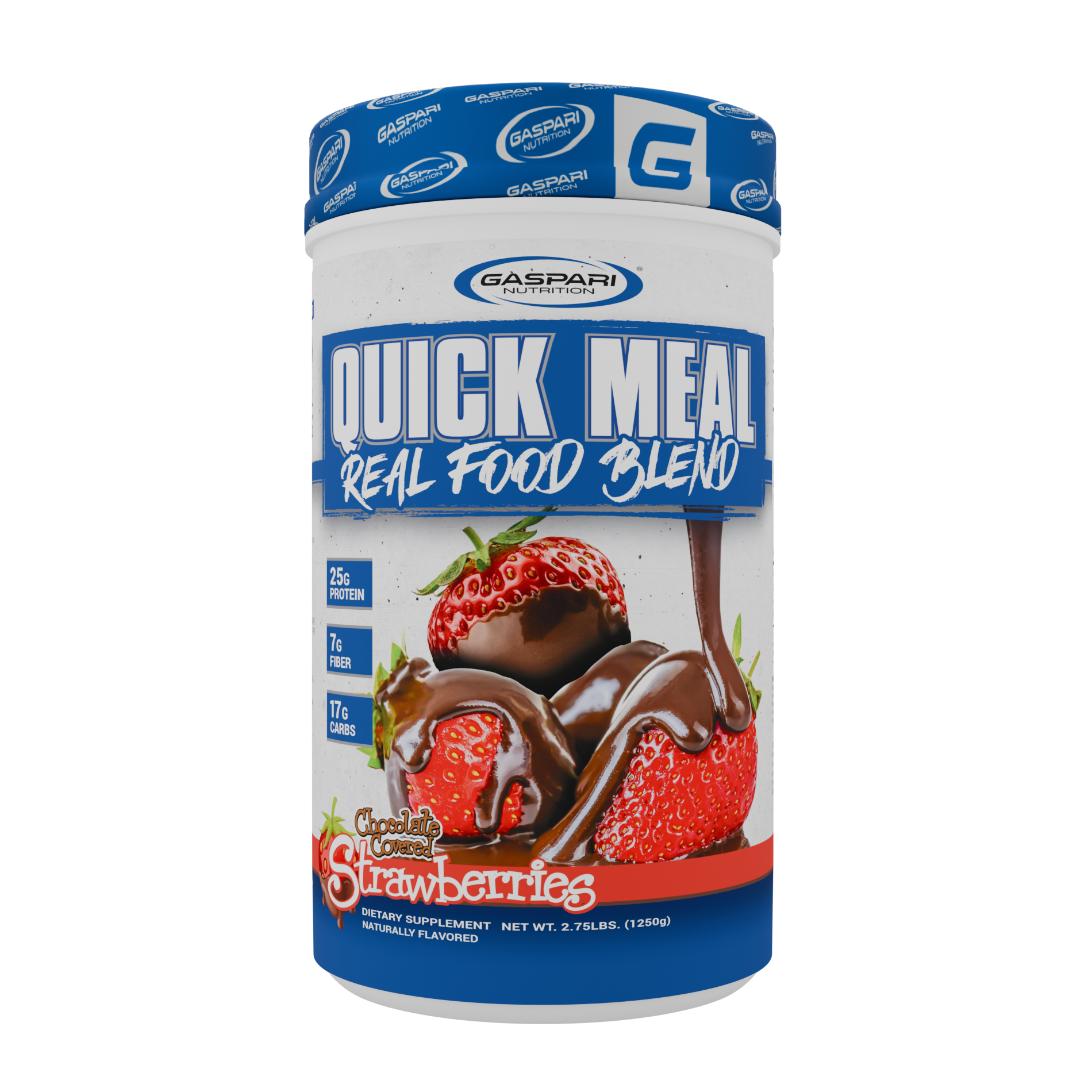


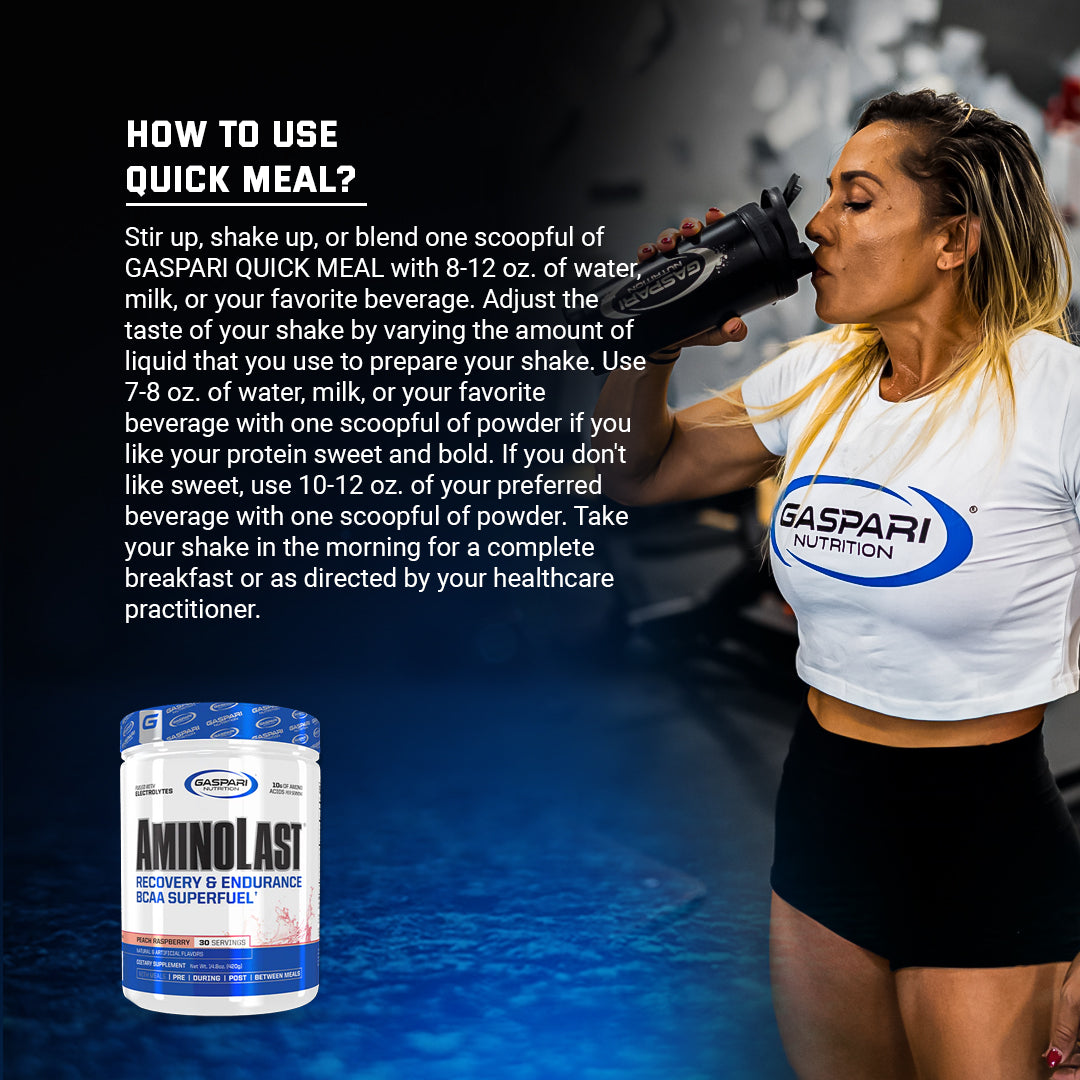
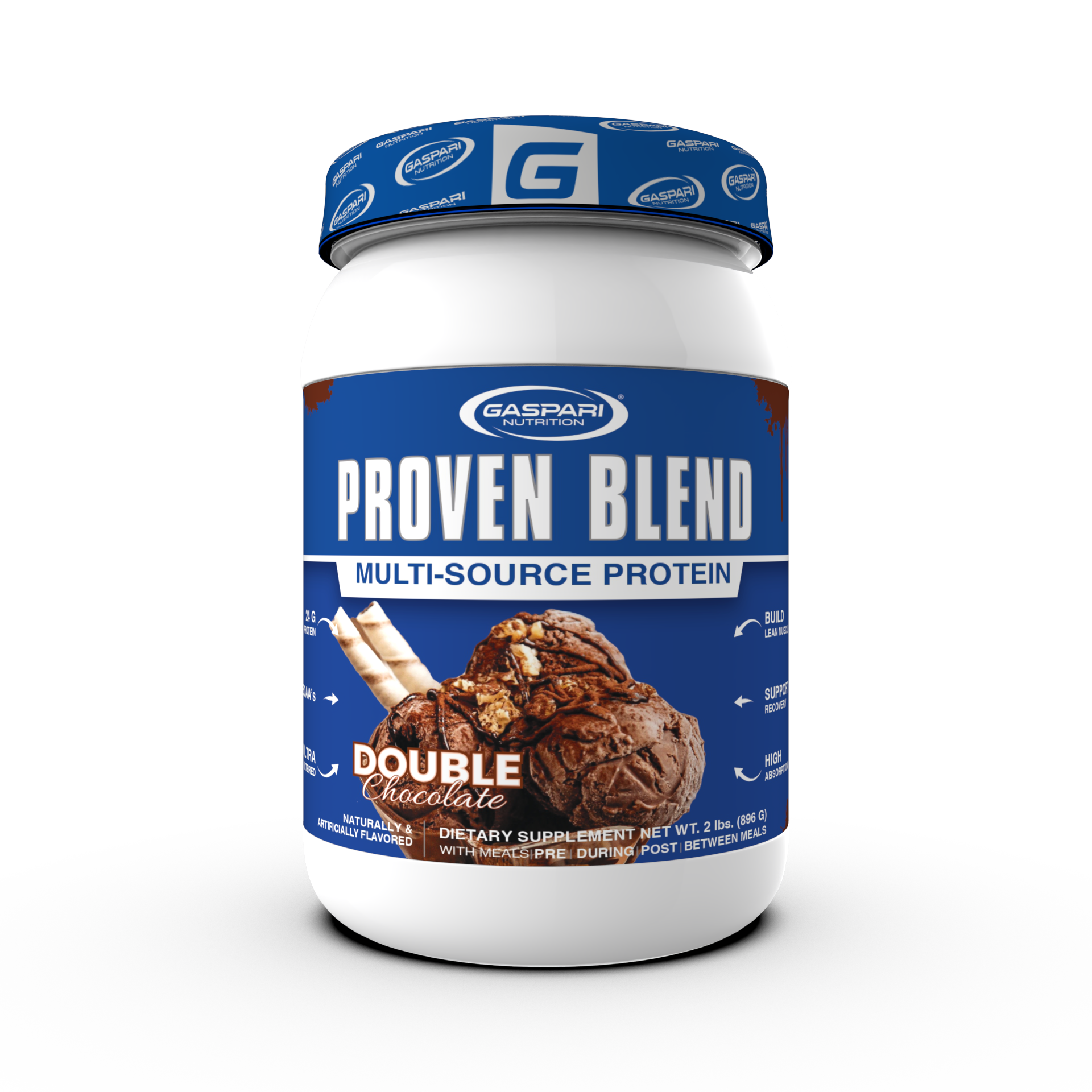



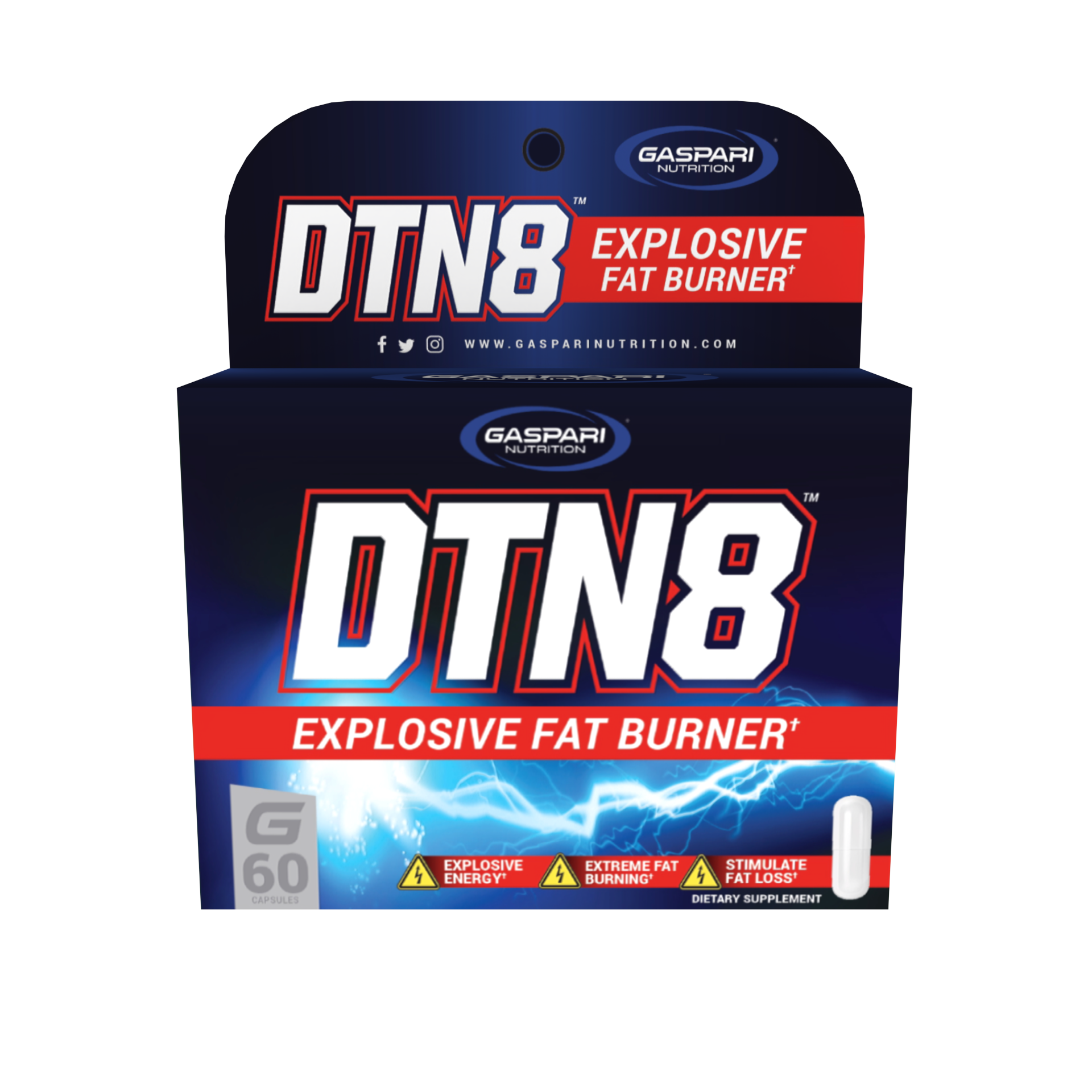








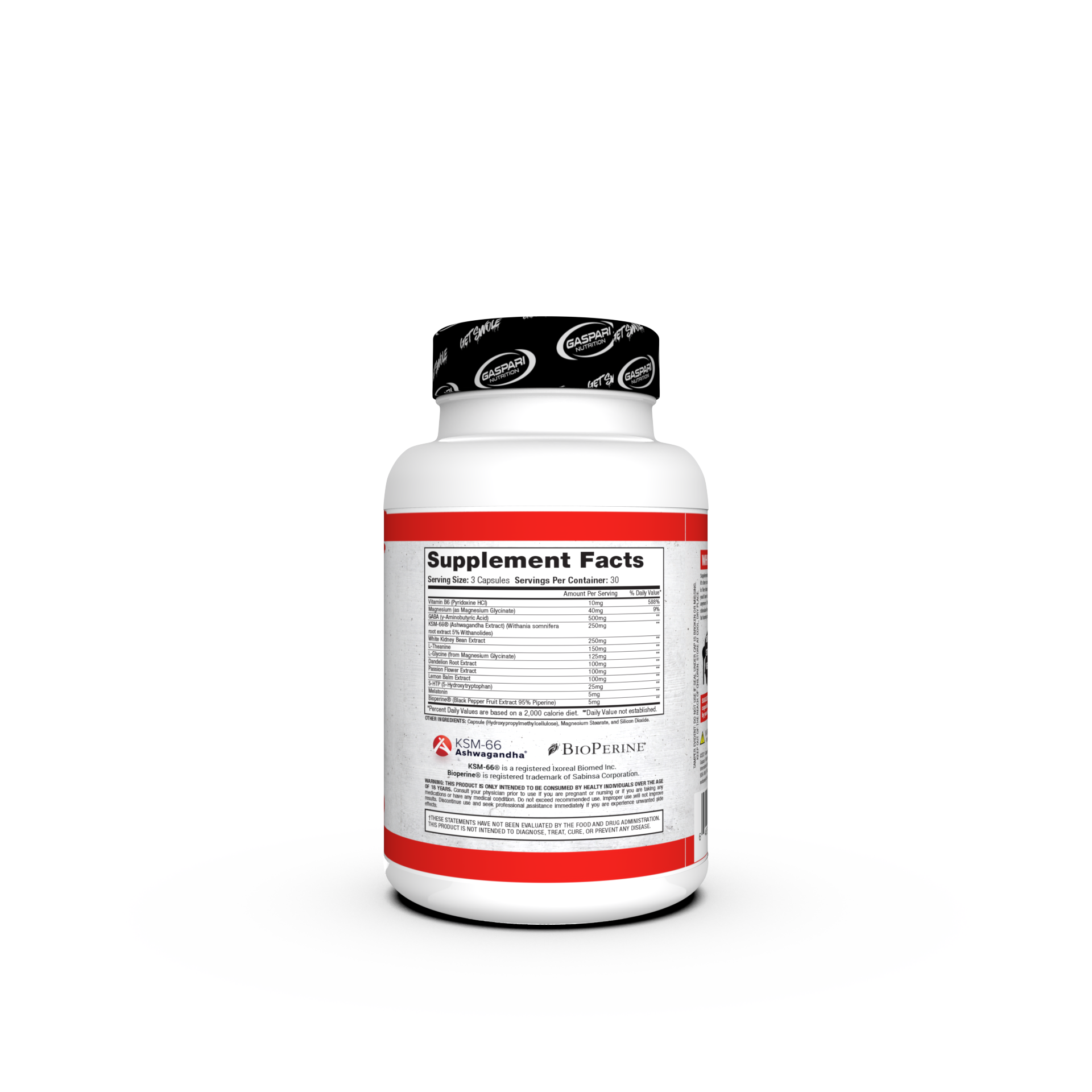


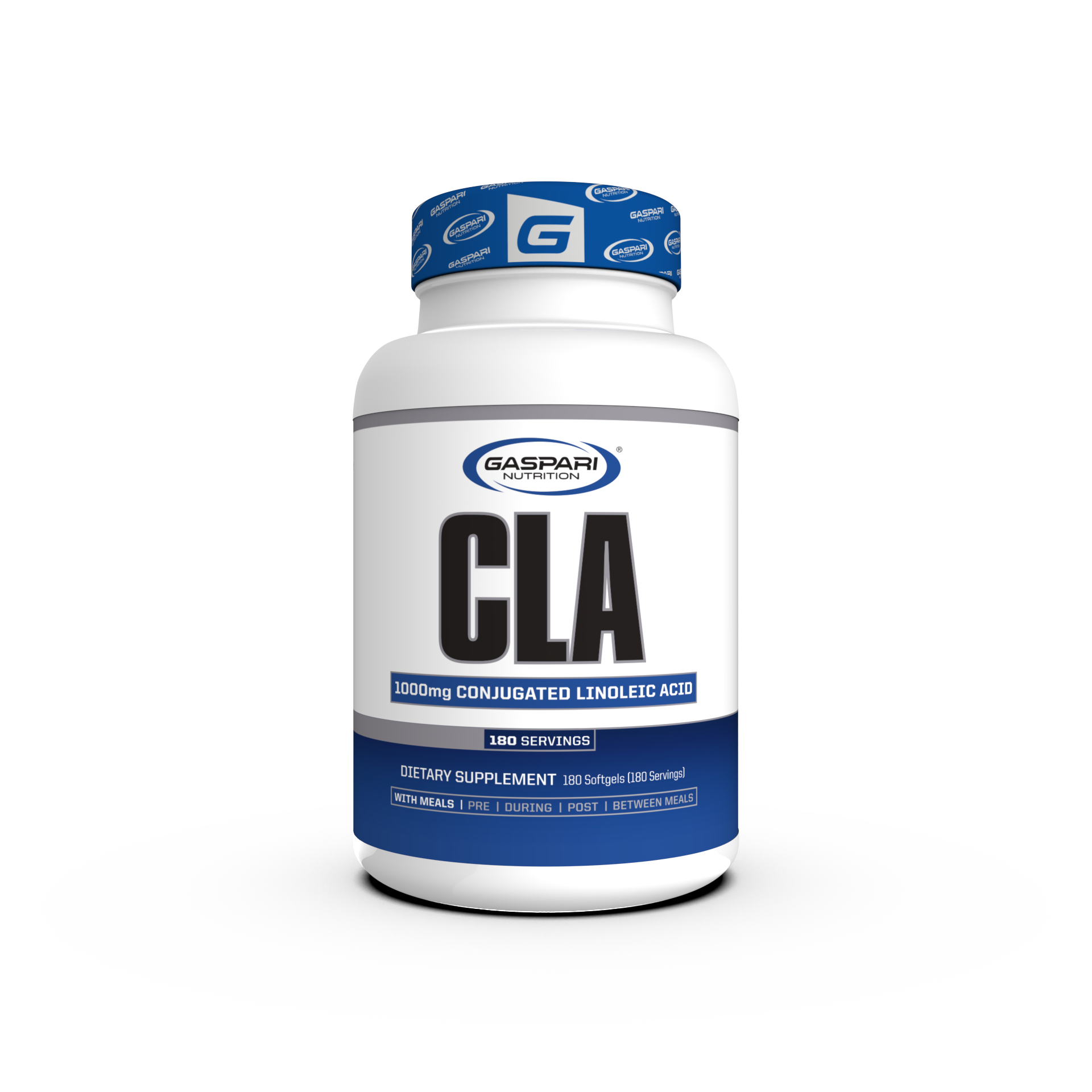

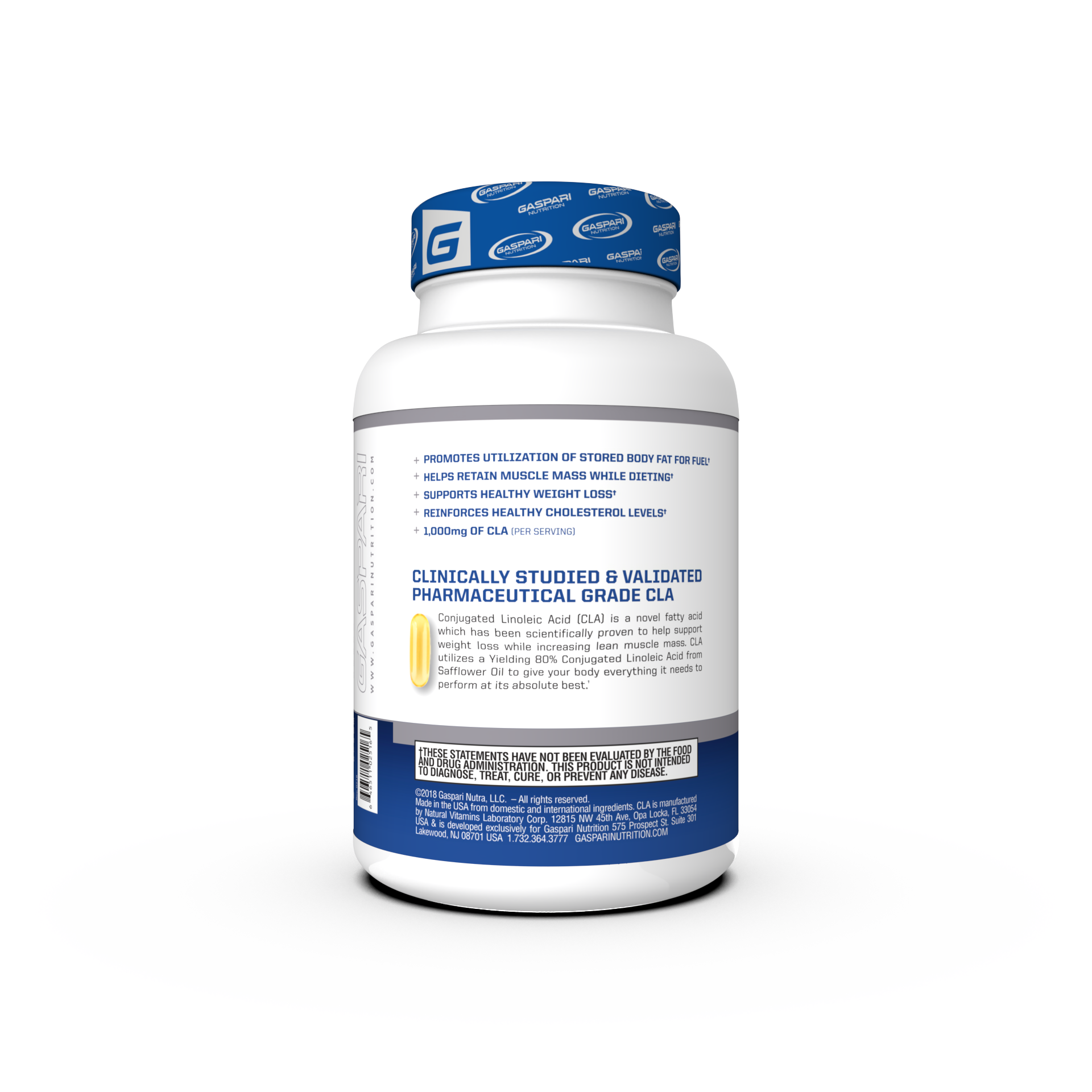



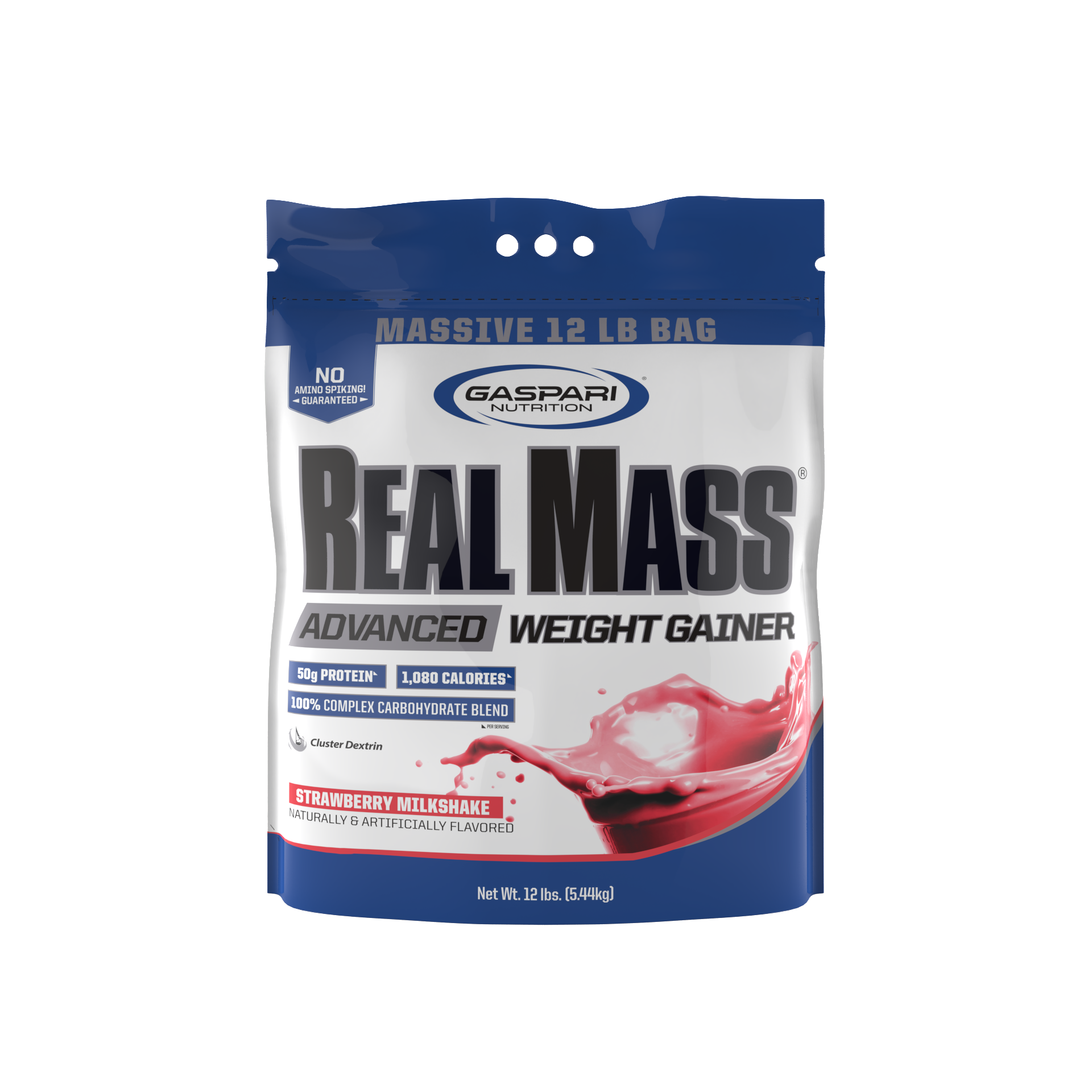

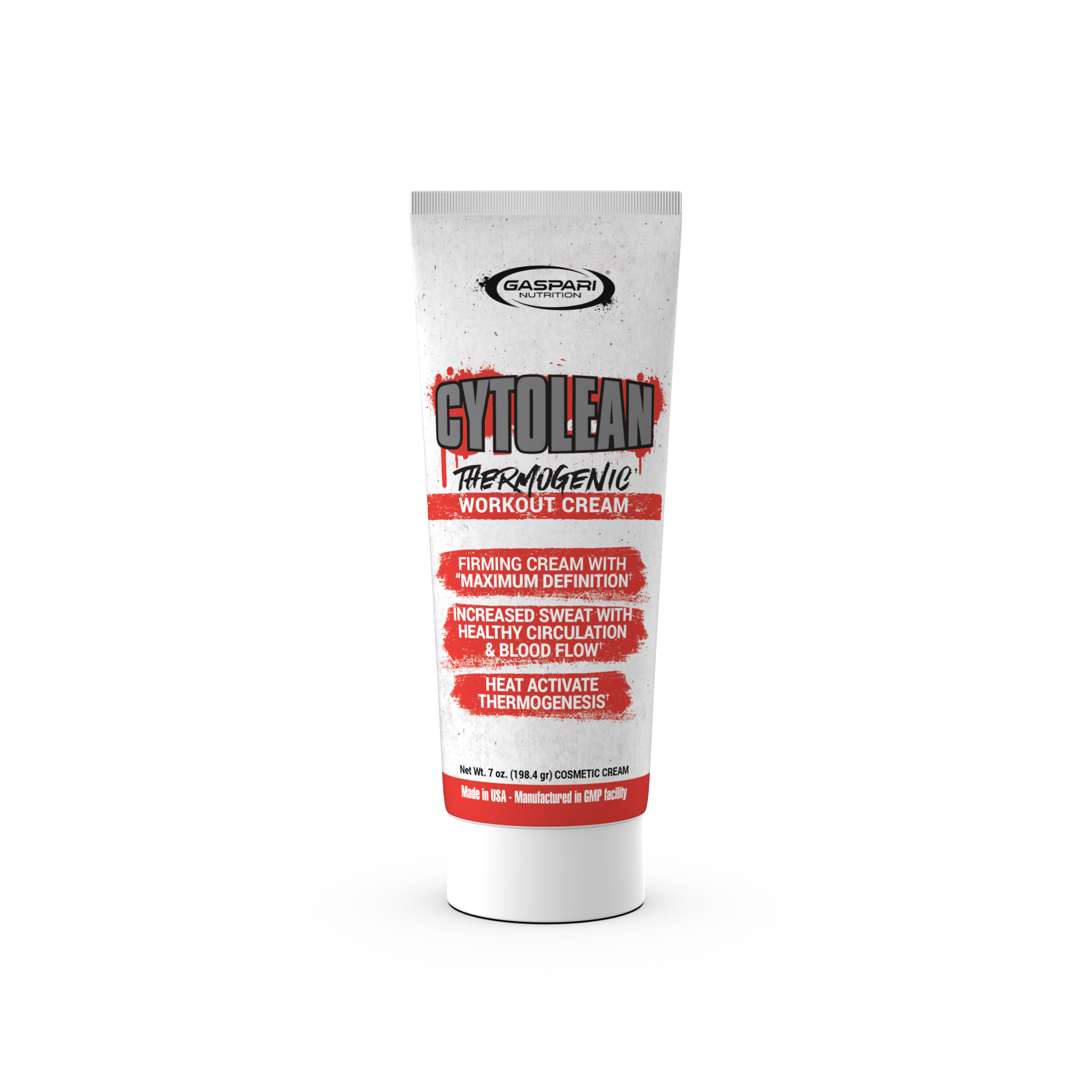


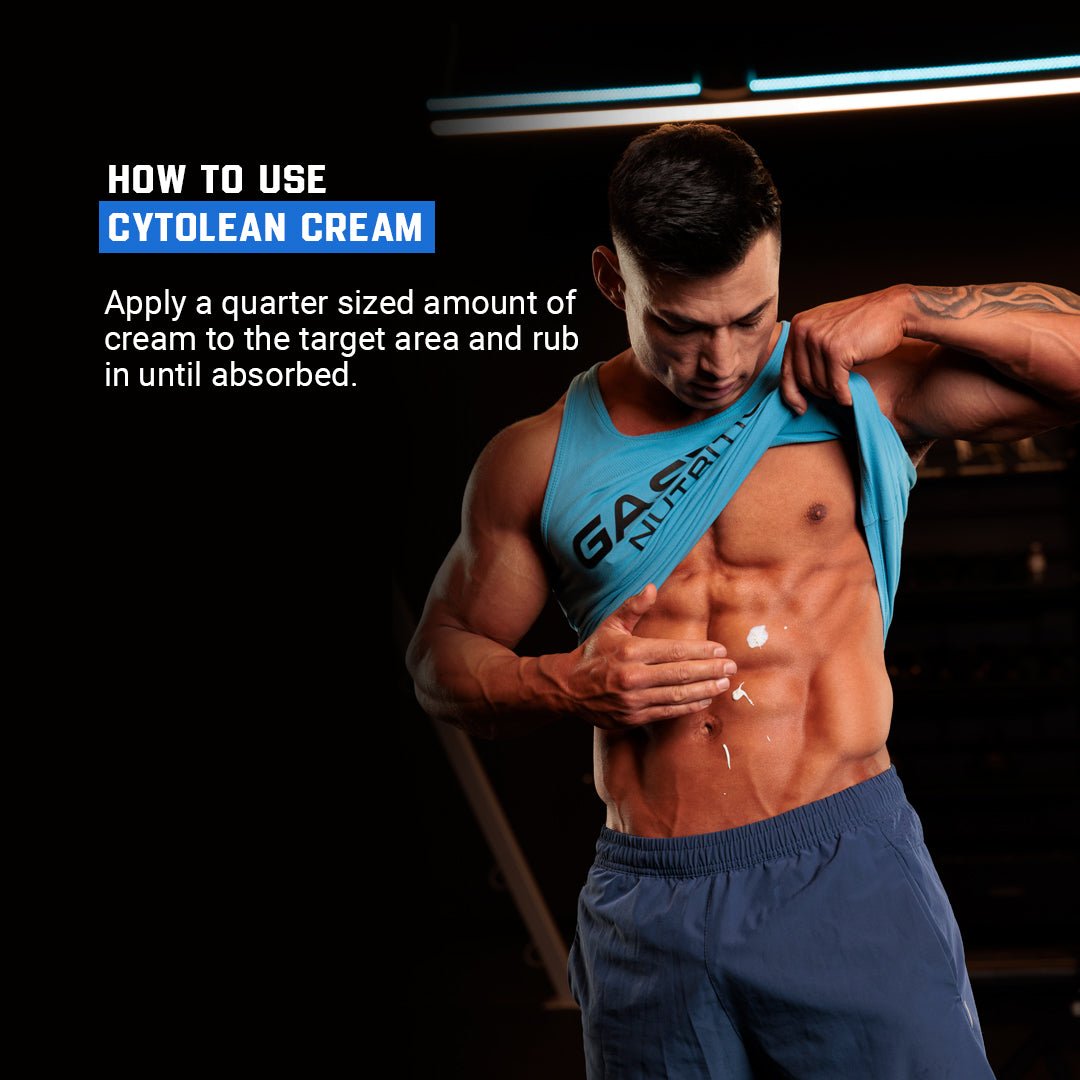





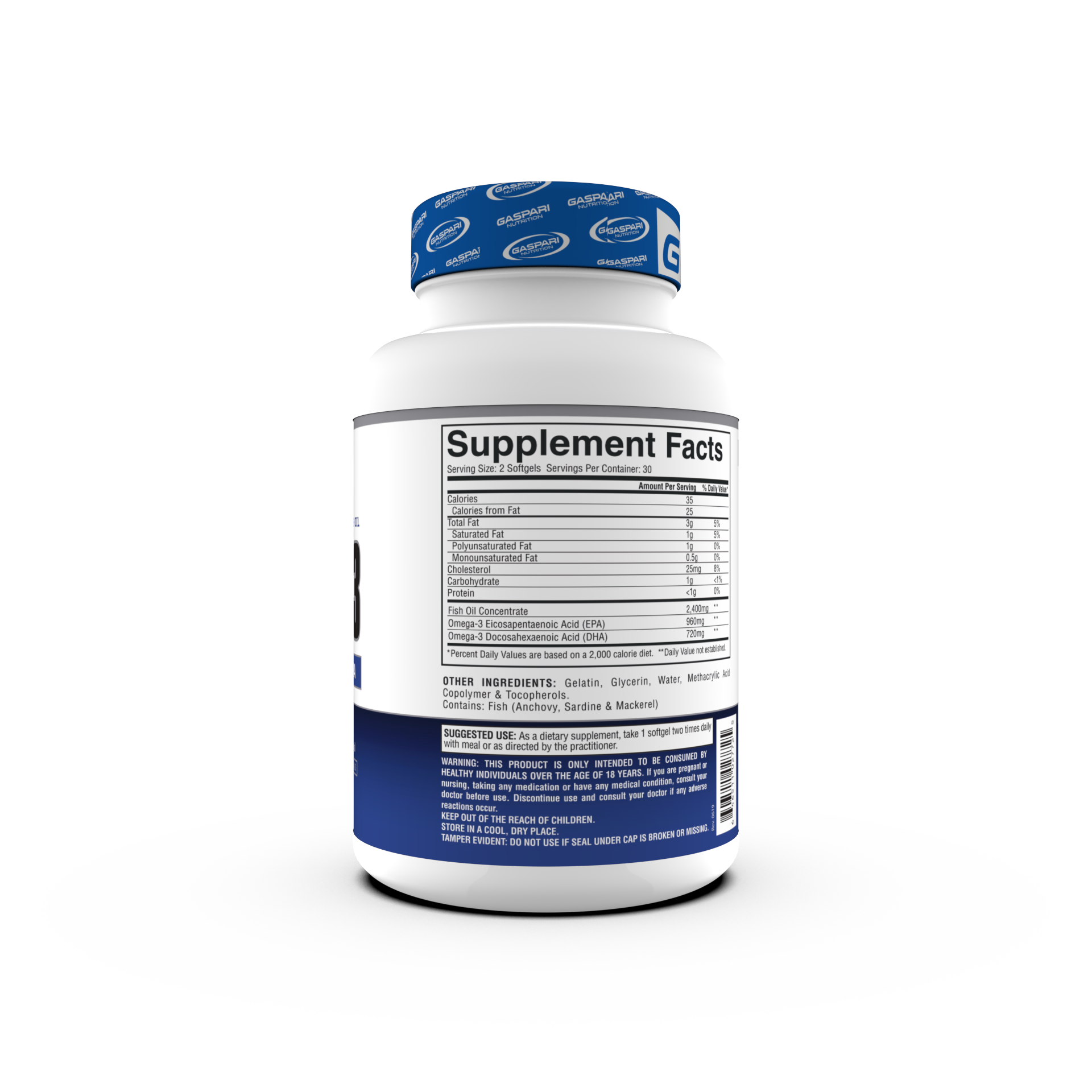
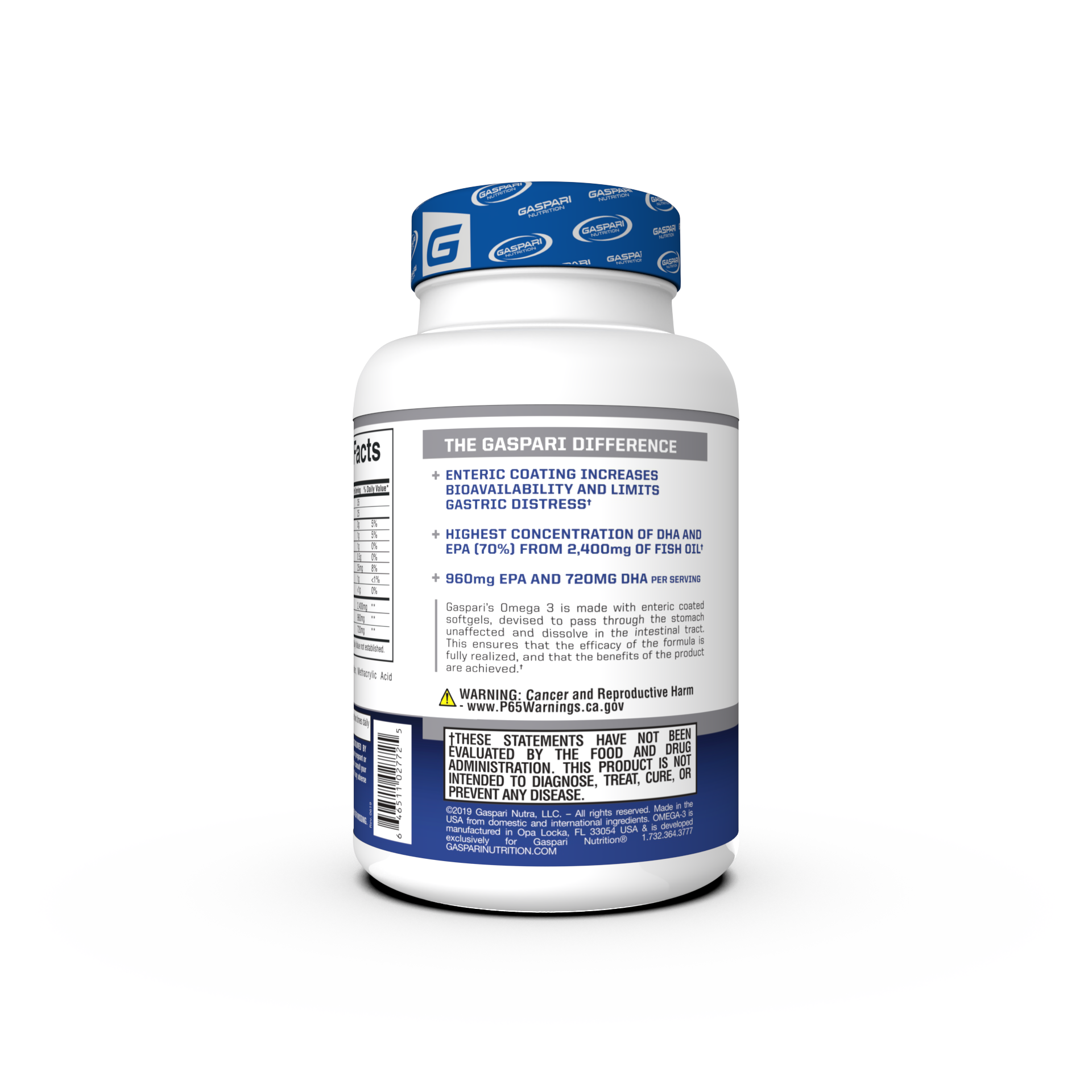











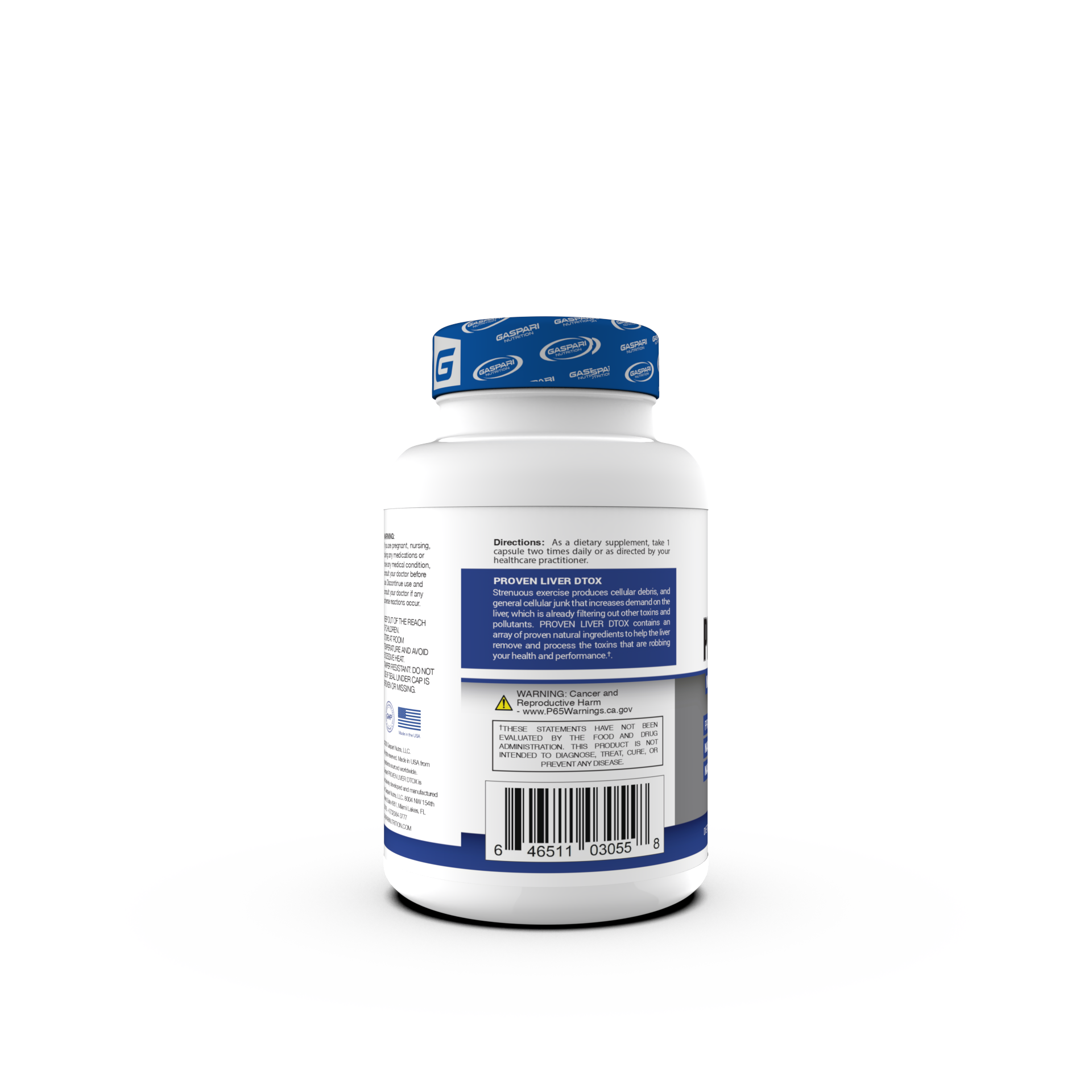

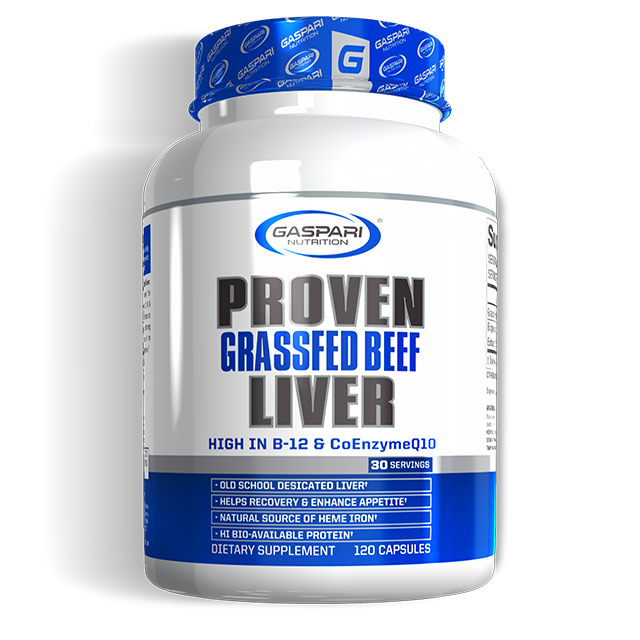





Share:
What Are Macronutrients?
The Top Six Trending Diets